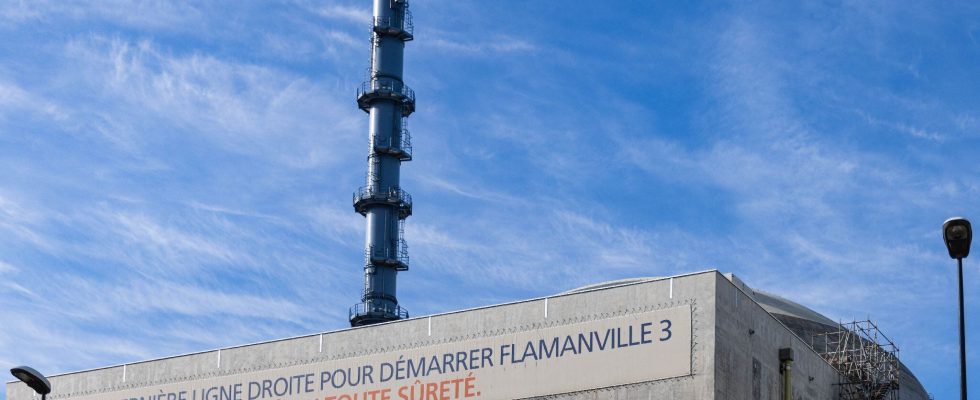Twelve years behind schedule and a total bill now estimated at 13.2 billion euros, or four times the initial budget: the French electricity production and supply company EDF announced this Wednesday, March 27, evening predict that the Flamanville EPR will inject electricity into the national network for the first time “in the summer of 2024”. “The connection to the national electricity network of the production unit is planned for the summer of 2024” and the loading of fuel is planned “within a few weeks”, according to a company press release 100% owned by the French State.
In December, the operator was counting on a connection “mid-2024”, until the announcement on Tuesday by the Nuclear Safety Authority (ASN, nuclear watchdog) according to which fuel loading was postponed to mid-April until better. Asked on Wednesday on Franceinfo about maintaining this schedule, the Minister of Industry, Roland Lescure, was very cautious: “starting a nuclear power plant is not like starting a Clio or a 208, it takes a little more time,” he replied.
“The Flamanville 3 EPR is technically ready to begin its commissioning,” underlines EDF in its press release. “The volume of electricity produced from the first coupling until the next shutdown is estimated at around 14 TWh.”
Public consultation until April 17
ASN has decided to launch a public consultation “from March 27 to April 17, 2024 on its draft decision authorizing the commissioning of the Flamanville 3 EPR reactor”, recalls the energy company in its press release. The announcement from ASN, which will issue its commissioning notice at the end of this consultation, had raised fears of a further significant delay for this river site of the Normandy reactor, marked by numerous cost and schedule slippages. since its construction began 17 years ago. The ASN internet page dedicated to this consultation already has more than 150 contributions this Thursday.
“This new stage of the procedure now makes it possible to envisage the first loading of nuclear fuel into the reactor within a few weeks,” continues EDF. The start-up operations can then continue until the temperature and pressure of the boiler rise, then the reactor increases in power. “At 25% power, the production unit will be connected to the national electricity network,” explained EDF in December 2022.
Objective of two EPRs per year
Driven by a renewed interest in the atom, EDF intends to deploy 3rd generation reactors (EPR) in France and Europe on an “industrial” scale, with a now objective of “two per year”, compared to one or two per decade currently. The challenge is ambitious given the repeated cost and delay slippages, embodied by the Flamanville EPR.
The industrial challenge is colossal for the group, weighed down by an abysmal debt – 54.4 billion euros – and criticized for the setbacks of its EPR projects.
Especially since EDF must also respond to the relaunch of a nuclear program in France of up to 18 EPR2 reactors – an improved version of the EPR – and carry out its two English programs, Hinkley Point, whose delay could wait six years, and Sizewell.
